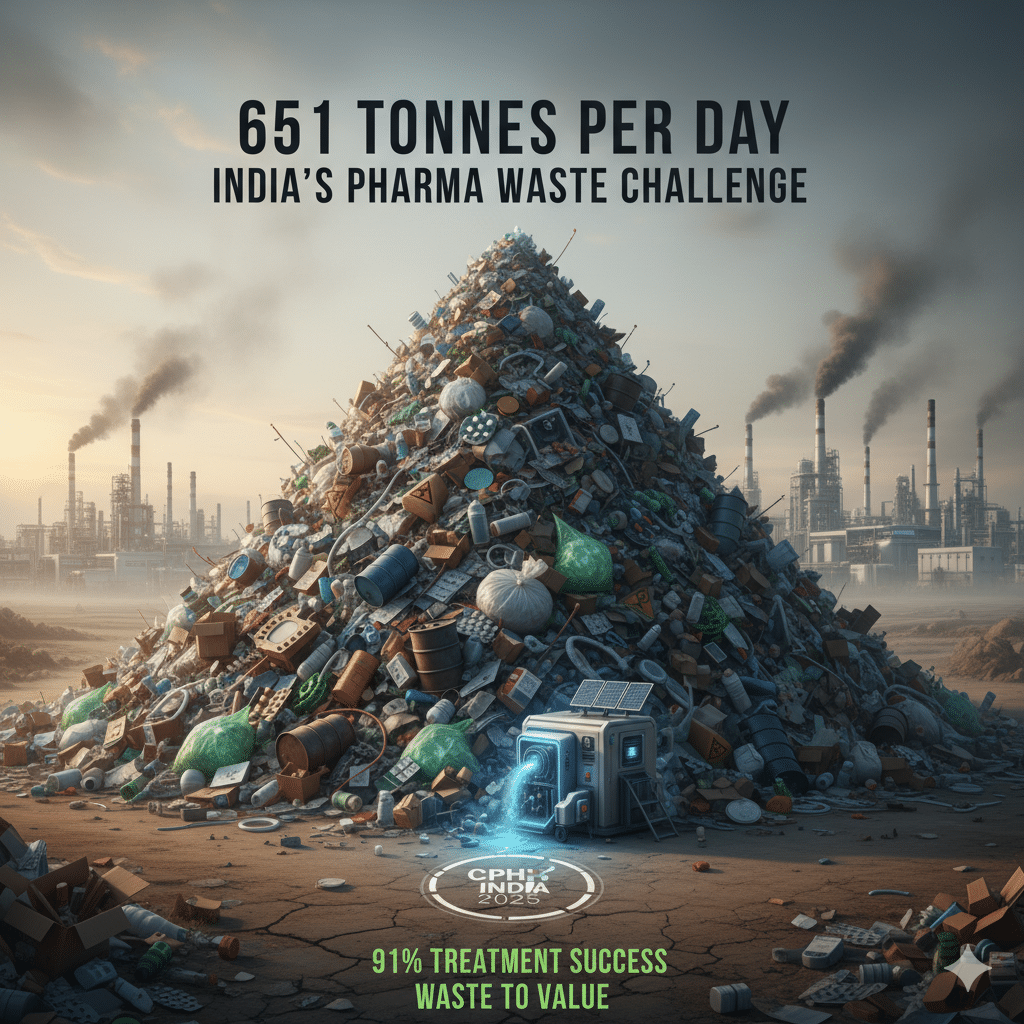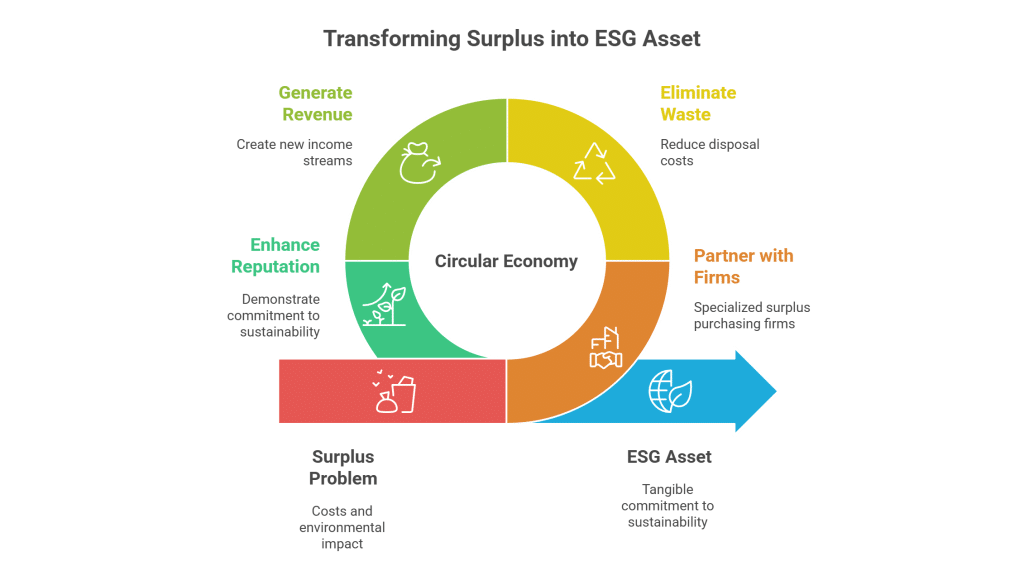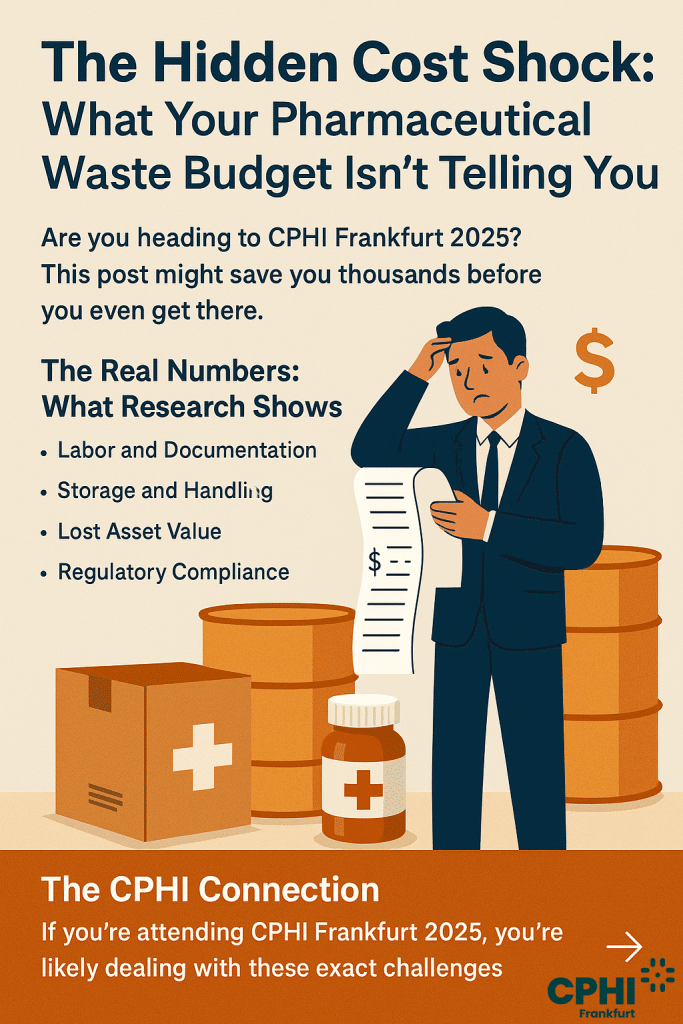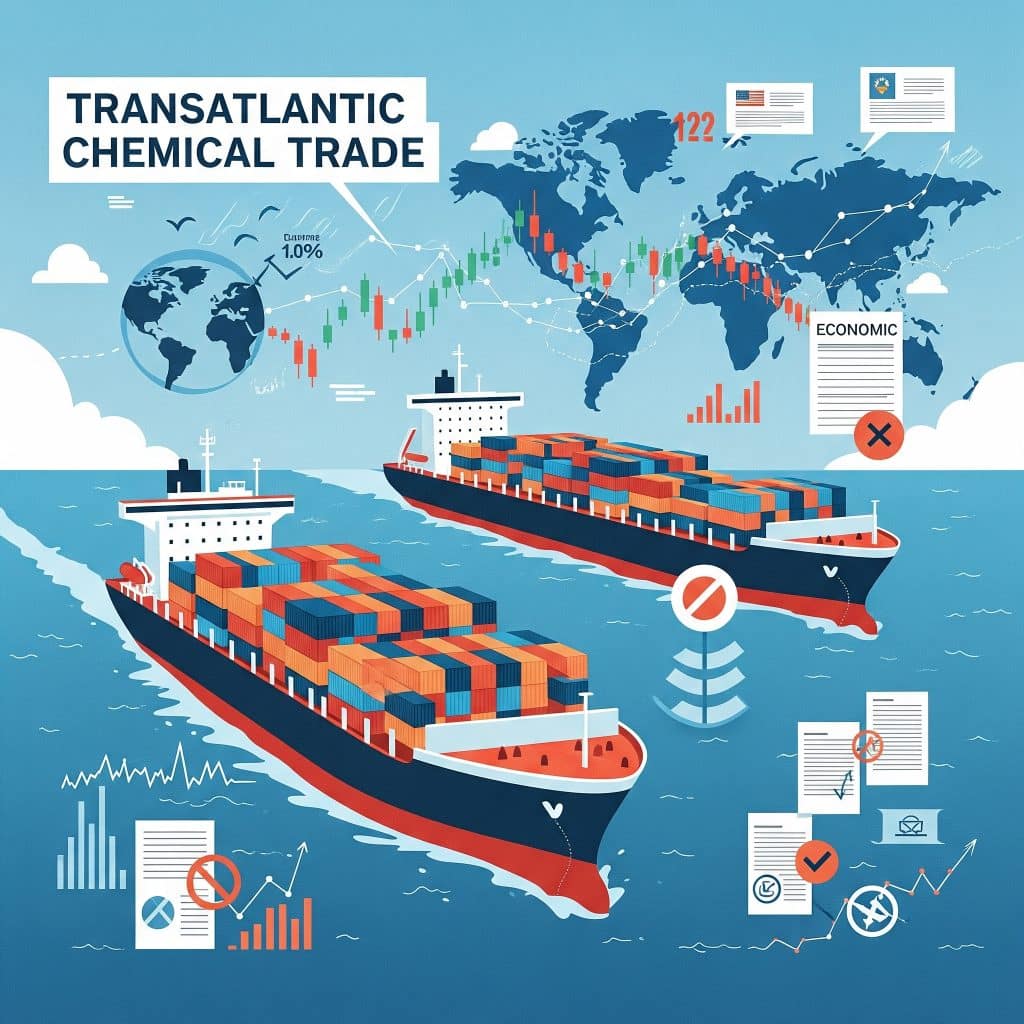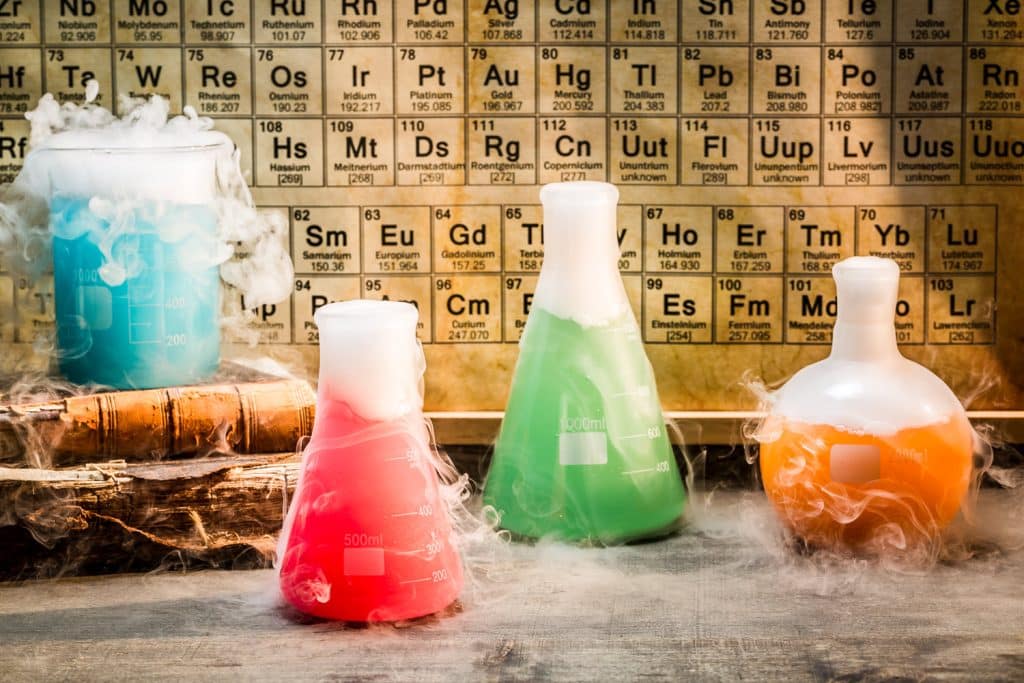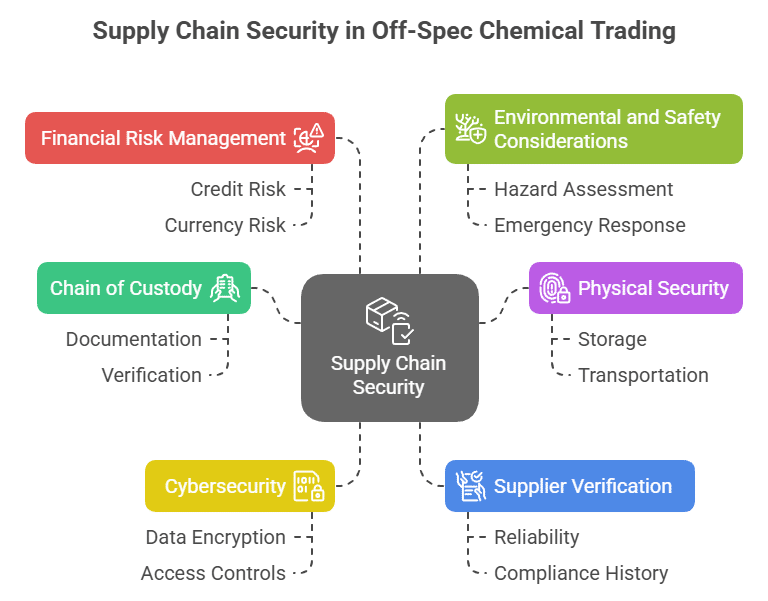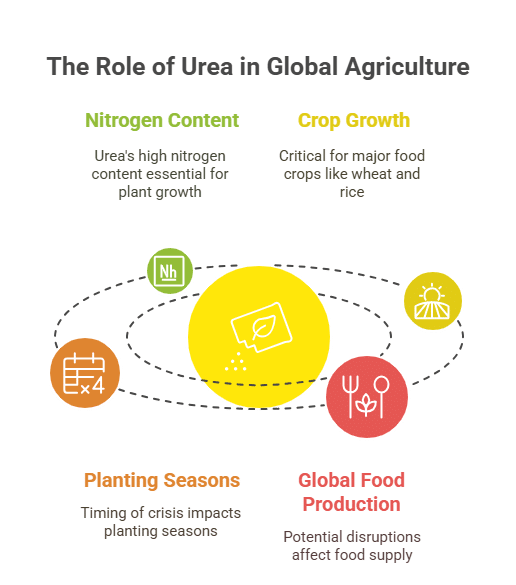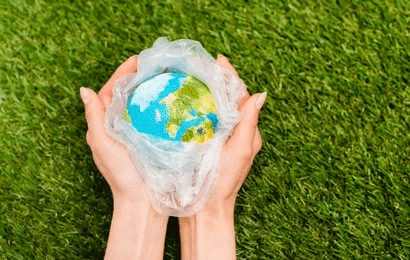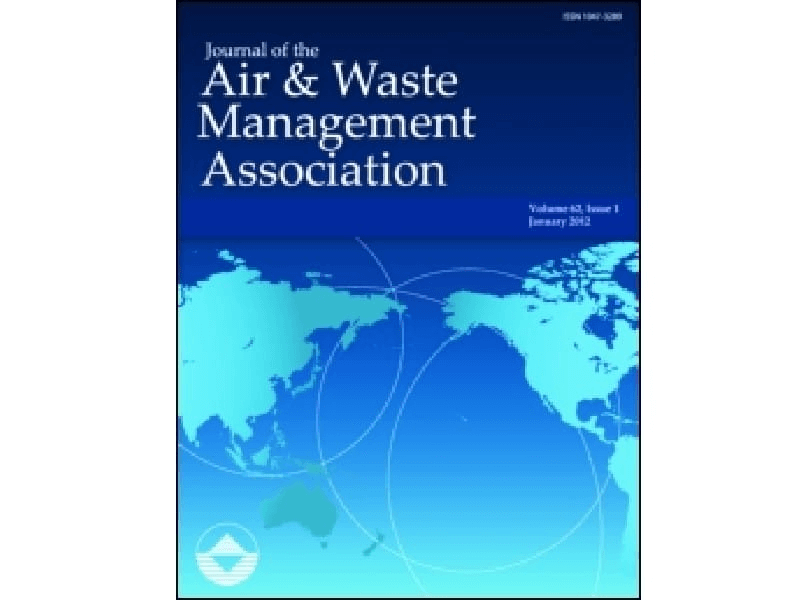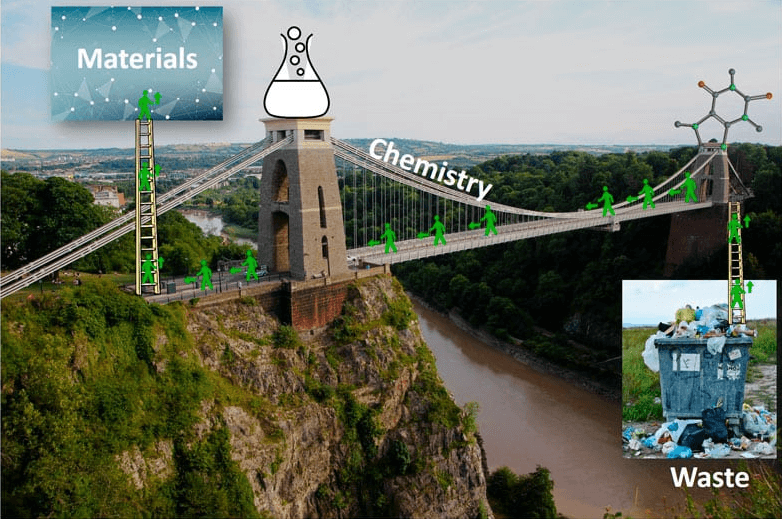Transforming Surplus Sodium Polyacrylate into Strategic Opportunity
Buy and Sell Surplus Sodium Polyacrylate for Industrial & Personal Care – Sustainable Chemical Trading
Sodium Polyacrylate in Industrial & Personal Care Applications
Table of Contents
Case Study: Unlocking Value from Surplus Sodium Polyacrylate
In a recent case, an industrial manufacturer faced the challenge of surplus Sodium Polyacrylate inventory that was nearing its expiration. The company, a key supplier in the personal care sector, found that instead of incurring costly disposal fees and losing valuable storage space, they could monetize their idle stocks. By partnering with a leading surplus chemical trading platform, the manufacturer efficiently connected with a buyer operating in the personal care market. The buyer integrated the high-quality Sodium Polyacrylate into the production of sanitary pads and diapers, ensuring product consistency and performance. This strategic transaction not only alleviated storage and regulatory concerns for the seller but also secured a cost-effective raw material supply for the buyer. Such success highlights the transformative power of surplus trading – converting potential waste into profit and strengthening sustainable supply chains across industries.



